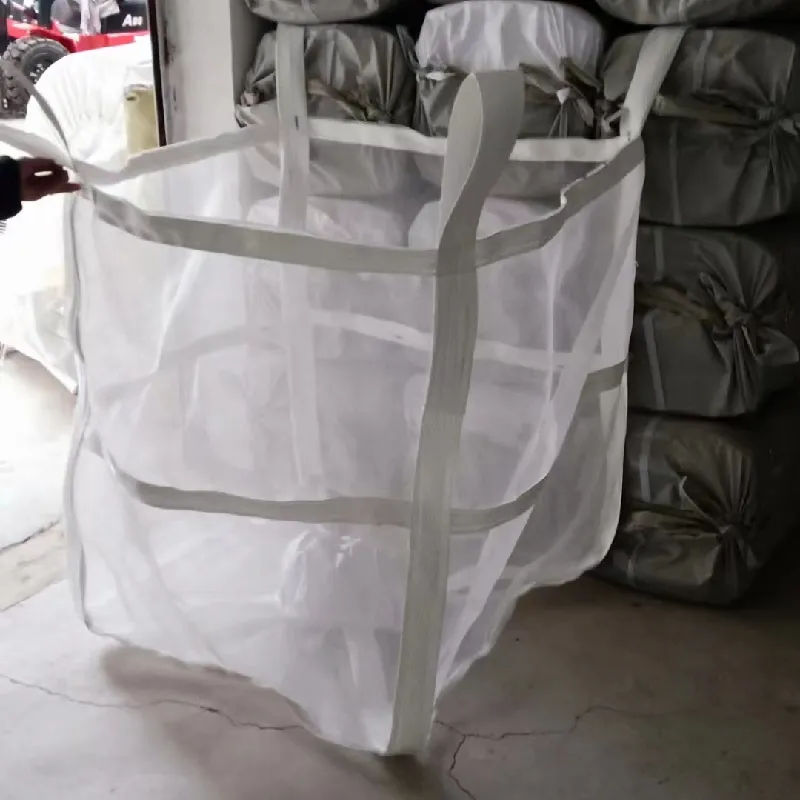-
 Afrikaans
Afrikaans -
 Albanian
Albanian -
 Amharic
Amharic -
 Arabic
Arabic -
 Armenian
Armenian -
 Azerbaijani
Azerbaijani -
 Basque
Basque -
 Belarusian
Belarusian -
 Bengali
Bengali -
 Bosnian
Bosnian -
 Bulgarian
Bulgarian -
 Catalan
Catalan -
 Cebuano
Cebuano -
 China
China -
 Corsican
Corsican -
 Croatian
Croatian -
 Czech
Czech -
 Danish
Danish -
 Dutch
Dutch -
 English
English -
 Esperanto
Esperanto -
 Estonian
Estonian -
 Finnish
Finnish -
 French
French -
 Frisian
Frisian -
 Galician
Galician -
 Georgian
Georgian -
 German
German -
 Greek
Greek -
 Gujarati
Gujarati -
 Haitian Creole
Haitian Creole -
 hausa
hausa -
 hawaiian
hawaiian -
 Hebrew
Hebrew -
 Hindi
Hindi -
 Miao
Miao -
 Hungarian
Hungarian -
 Icelandic
Icelandic -
 igbo
igbo -
 Indonesian
Indonesian -
 irish
irish -
 Italian
Italian -
 Japanese
Japanese -
 Javanese
Javanese -
 Kannada
Kannada -
 kazakh
kazakh -
 Khmer
Khmer -
 Rwandese
Rwandese -
 Korean
Korean -
 Kurdish
Kurdish -
 Kyrgyz
Kyrgyz -
 Lao
Lao -
 Latin
Latin -
 Latvian
Latvian -
 Lithuanian
Lithuanian -
 Luxembourgish
Luxembourgish -
 Macedonian
Macedonian -
 Malgashi
Malgashi -
 Malay
Malay -
 Malayalam
Malayalam -
 Maltese
Maltese -
 Maori
Maori -
 Marathi
Marathi -
 Mongolian
Mongolian -
 Myanmar
Myanmar -
 Nepali
Nepali -
 Norwegian
Norwegian -
 Norwegian
Norwegian -
 Occitan
Occitan -
 Pashto
Pashto -
 Persian
Persian -
 Polish
Polish -
 Portuguese
Portuguese -
 Punjabi
Punjabi -
 Romanian
Romanian -
 Russian
Russian -
 Samoan
Samoan -
 Scottish Gaelic
Scottish Gaelic -
 Serbian
Serbian -
 Sesotho
Sesotho -
 Shona
Shona -
 Sindhi
Sindhi -
 Sinhala
Sinhala -
 Slovak
Slovak -
 Slovenian
Slovenian -
 Somali
Somali -
 Spanish
Spanish -
 Sundanese
Sundanese -
 Swahili
Swahili -
 Swedish
Swedish -
 Tagalog
Tagalog -
 Tajik
Tajik -
 Tamil
Tamil -
 Tatar
Tatar -
 Telugu
Telugu -
 Thai
Thai -
 Turkish
Turkish -
 Turkmen
Turkmen -
 Ukrainian
Ukrainian -
 Urdu
Urdu -
 Uighur
Uighur -
 Uzbek
Uzbek -
 Vietnamese
Vietnamese -
 Welsh
Welsh -
 Bantu
Bantu -
 Yiddish
Yiddish -
 Yoruba
Yoruba -
 Zulu
Zulu
Effective Strategies for Using Anti-Hail Netting to Protect Crops from Weather Damage
Anti-Hail Netting A Shield for Crops and Livelihoods
Hailstorms can be devastating for farmers, wreaking havoc on crops and threatening livelihoods. The destruction caused by these weather phenomena leads to significant economic losses each year. As a protective measure, many agricultural producers are turning to anti-hail netting, an innovative solution designed to safeguard crops from hail damage. This article explores the importance of anti-hail netting, its benefits, and its growing adoption in the agricultural sector.
The Threat of Hailstorms
Hailstorms occur when updrafts in thunderstorms carry water droplets upward into extremely cold areas of the atmosphere, causing them to freeze and become ice pellets. When these pellets become too heavy for the updrafts to hold, they fall to the ground, potentially causing substantial damage. Crops such as grapes, apples, and other fruits are particularly vulnerable. A brief hail event can ruin an entire season's work, leading to financial losses that can take years to recover from.
What is Anti-Hail Netting?
Anti-hail netting is a protective agricultural solution made from durable, high-density polyethylene material that is lightweight yet strong enough to withstand hail impact. This netting is typically installed above crops, creating a physical barrier. The mesh design allows sunlight and rain to reach the plants while providing protection from hailstones and also shading them from harsh sunlight. The use of anti-hail netting is gaining traction worldwide, especially in regions prone to hailstorms.
Benefits of Anti-Hail Netting
anti hail netting

1. Crop Protection The primary advantage of anti-hail netting is its ability to significantly reduce crop damage from hail. Studies have shown that farms utilizing this protective measure can see a noticeable decrease in losses compared to those without it.
2. Improved Quality In addition to protecting crops from hail, the netting can enhance the overall quality of the fruits and vegetables by shielding them from intense sunlight and reducing the risk of sunburn. This leads to better marketable produce, which can fetch higher prices.
3. Versatile Use Anti-hail nets can be used across various crops, from vineyards to orchards and vegetable fields. This versatility makes it an appealing option for farmers growing different types of produce.
4. Long-Term Investment Although the initial cost of installing anti-hail netting can be significant, it is often seen as a long-term investment. The reduction in crop losses can lead to improved profitability over time, allowing farmers to recoup their costs and secure better financial stability.
5. Environmental Benefits By helping to sustain agricultural productivity even in adverse weather conditions, anti-hail netting contributes to food security. Increased resilience within the agricultural sector means that communities can rely on local food sources, thus reducing dependency on imported goods and lowering carbon footprints associated with long-distance transportation.
Conclusion
As climate change continues to influence weather patterns, the threat of hailstorms may become more pronounced, making the need for effective protective measures all the more critical. Anti-hail netting represents a promising solution for farmers looking to shield their crops from nature's harshest elements. With its ability to minimize damage, improve crop quality, and contribute to sustainable agricultural practices, anti-hail netting is poised to play a vital role in future farming strategies. By investing in such protective innovations, farmers can better secure their livelihoods and ensure a stable food supply for communities worldwide.
-
Shipping Plastic Bags for Every NeedNewsJul.24,2025
-
Safety Netting: Your Shield in ConstructionNewsJul.24,2025
-
Plastic Mesh Netting for Everyday UseNewsJul.24,2025
-
Nylon Netting for Every UseNewsJul.24,2025
-
Mesh Breeder Box for Fish TanksNewsJul.24,2025
-
Expanded Steel Mesh Offers Durable VersatilityNewsJul.24,2025











